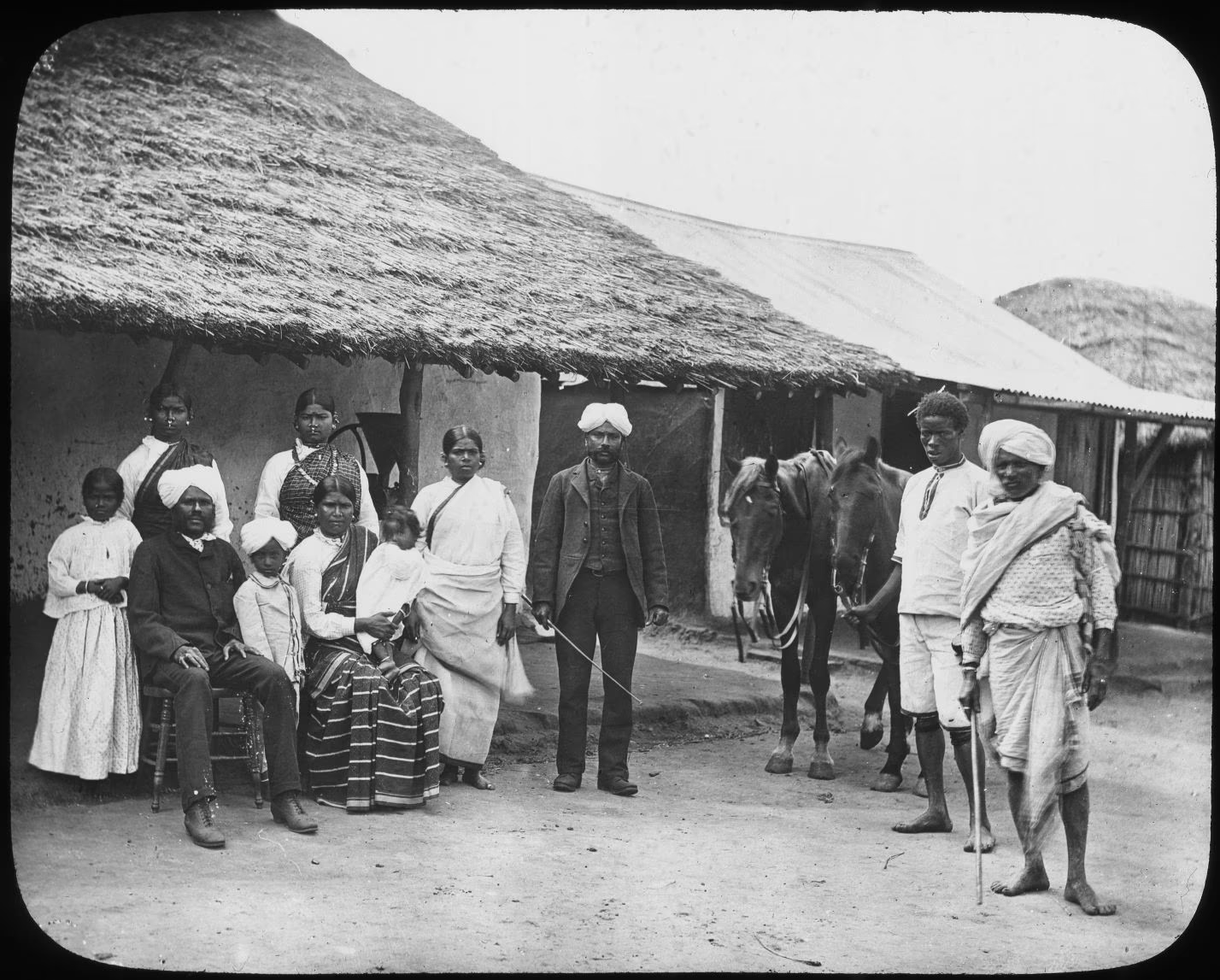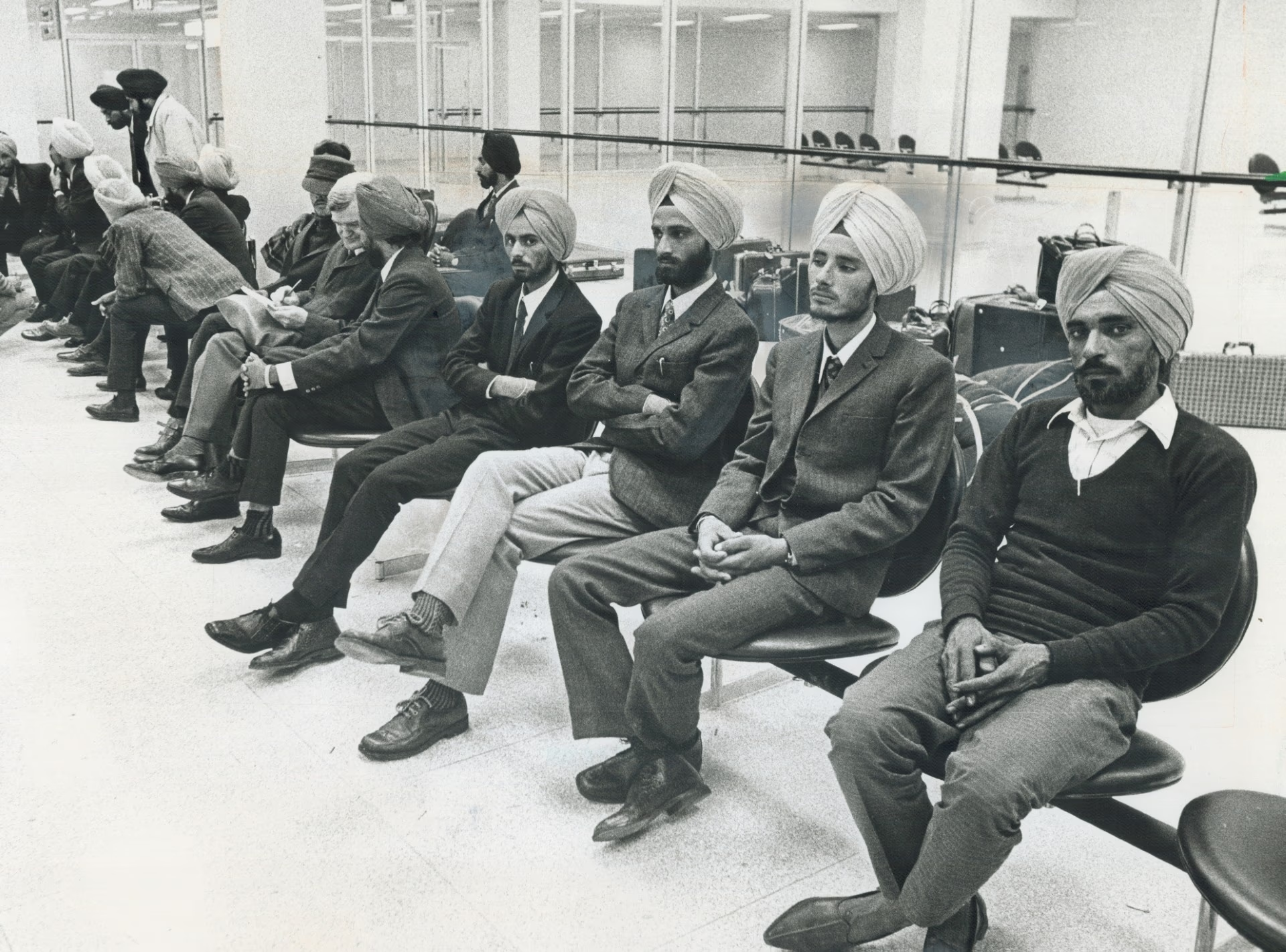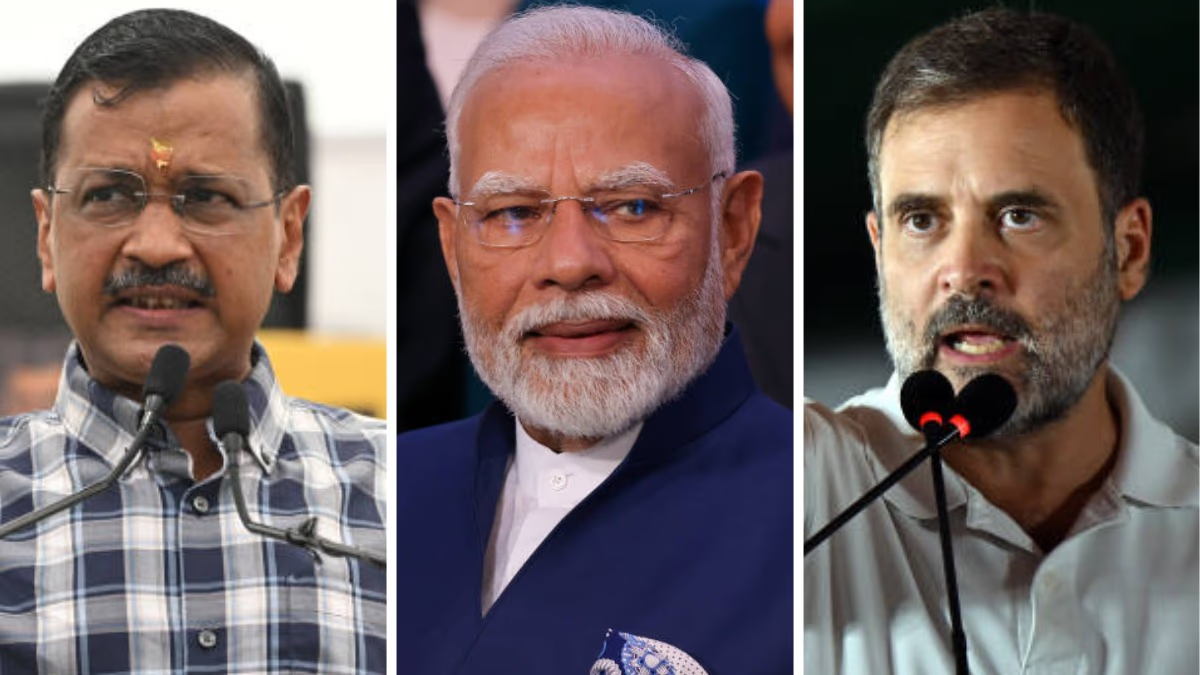The beautiful land of India calls,Where my heart resides, O traveler.One gate is guarded by icy sentinels,And three gates echo the ocean's roar, O traveler.I must return to see Hindustan,Where the cuckoo sings melodious tunes, O traveler...
Even if you don't understand Bhojpuri, the emotions in these lines can easily make your eyes moist. Written by Babu Raghubir Narayan, this song became an anthem for the 'Girmitya' – Indian laborers calling out to their homeland while in Mauritius, Fiji, Trinidad, and other distant lands in 1912.
These workers, from the undivided regions of Bihar, Bengal, and Uttar Pradesh, were ensnared by the British with dreams of a bright future nearly 200 years ago. Enticed by prospects, they decided to work for the British in Kolkata, unaware of the journey that awaited them.
The men and women, though aware of the deceit, found their spirit swayed by temptation. Young men of the day didn’t realize boats awaited them on the banks of the Hooghly in Kolkata, ready to take them across the oceans to barren and nameless colonies.
Packing the Soul of India
Famed folk singer Malini Awasthi wrote in Hindi daily Dainik Jagran,
"Some left alone, others with families. Tear-streaked eyes and the pain of separation couldn't hold them back. The brave travelers from UP and Bihar ventured far, carrying the soul of India with them. In forms of sacred texts like Ramcharitmanas, Hanuman Chalisa, and idols of deities."
The exodus of workers from India had a deeper story. The abolition of slavery in Europe in 1833 left colonial powers needing labor for their global colonies. Recognizing this, the British turned to India’s vast population, seeing it as a reservoir for labor.
The Story of the 'Girmitya'
The British made agreements with these young workers, who struggled to pronounce this in English, and thus 'Girmitya' was born. It marked these laborers as bonded workers in foreign lands.
Life of a Girmitya
The British were far from honest about the hardships of this agreement. The conditions were harsh and inhumane: no returns before five years, permission to marry was restricted, and an overall demanding schedule defined their lives.
Malini Awasthi writes,
"The journey itself was arduous. Epidemics like cholera and smallpox plagued the ships, and many, overcome with despair, leapt into the sea."
The first ship reached Mauritius in 1829 after a four-month voyage. This arduous journey marked the beginning of migration waves from India's heartland to distant lands. The British subsequently transported millions of Indians to colonies like Fiji, Guyana, and more.

Source: aajtak
On March 3, 1879, a ship departed from Kolkata for Fiji, carrying numerous laborers. By May 14, upon reaching Fiji, several had perished due to disease outbreaks. Yet this was but one harrowing example; countless remained unnoted.
Girmitya Labor: Under the Migrants' Umbrella
Girmitya workers did every type of work for the British: from cultivating sugarcane to placing railway tracks. They nourished foreign lands with their toil, yet the British encouraged familial migration so laborers settled down permanently.
Insights by Sharmila Sen from Harvard
In her book Not Quite Not White, editor Sharmila Sen notes,
"The 19th-century Caribbean sugar boom led to British family fortunes, intertwined with the enduring Indian labor."
From these distances, Indians carved out a unique cultural ecosystem rooted in ancient tales and texts: the Ramayana, the Mahabharata, and the Quran nurtured their connections to home.
Migrations continued until 1922, when a rising hero, Mahatma Gandhi, emerged to champion their plight in South Africa. Through significant protests, conditions improved for the Girmityas, and eventually, Gandhi returned to India on January 9, 1915.
This date, marking Gandhi's return, is celebrated in India as Pravasi Bharatiya Divas. Each year, this day acknowledges the contributions of overseas Indians in nation-building.
Establishing India Abroad
In search of a brighter future, these laborers couldn't return to India. They painstakingly established 'India' on foreign soil through extraordinary resilience and adaptability, transforming from laborers to proprietors.
The Trinidad and Tobago's President, Christine Carla Kangaloo, is a distinguished guest at this year's Pravasi Bharatiya Divas.
Indians Worldwide
Indian migrants have expanded globally, illustrating their ambition. From sugarcane fields to tech giants’ boardrooms, Indians have carried India's banner high.
Today, non-resident Indians, Persons of Indian Origin, and more include those fueling sectors worldwide. Post-independence, a new migration phase began with professionals aiming towards greener pastures.
With Indian leaders and visionaries like Sundar Pichai and Satya Nadella steering major companies, the Indian diaspora showcases unparalleled success worldwide.

Source: aajtak
In the Gulf, Indian laborers and professionals have shaped modern cities. Elsewhere, Canadian Indian Sikhs represent a thriving community, poised in leadership transitions.
Remittances by Pravasi Indians
Despite distances, expatriates generously remit their earnings back home, fortifying India's economy.
The World Bank stated that India received $129 billion in remittances in 2024, the largest globally, highlighting the profound impact of the Indian diaspora.
Leveraging Migrant Diplomacy
With influential diaspora populations, India benefits from soft diplomacy – ranging from nuclear deals to promoting Hindi and advocating India in international forums.




